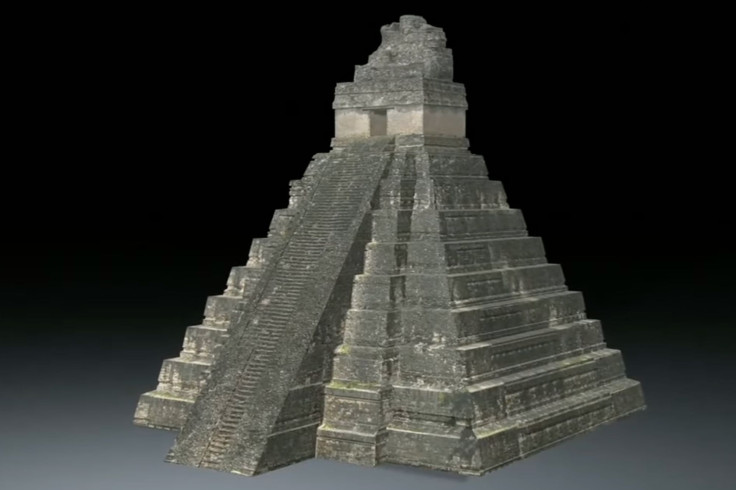
An archaeology student accidentally stumbled upon the remains of an ancient lost Maya city while browsing an online plane survey of a jungle canopy in Mexico.
"I was on something like page 16 of Google search and found a laser survey done by a Mexican organization for environmental monitoring," said Luke Auld-Thomas, a PhD student at Tulane University.
The survey was conducted using Lidar, a laser survey that is able to detect structures hidden by jungle canopies and vegetation by firing laser pulses from a plane, according to BBC.
Auld-Thomas processed the data he found within the Lidar survey and realized that it revealed the existence of a lost ancient Maya city which he and his colleagues then dubbed Valeriana, after a nearby lagoon.
"The point is that the landscape is definitely settled - that is, settled in the past - and not, as it appears to the naked eye, uninhabited or 'wild'," says Professor Elizabeth Graham from University College London, who argues that this recent finding could serve as proof that Mayans lived in elaborate cities instead of isolated villages.
The lost city, which archaeologists have referred to as "hidden in plain sight", is estimated to have hosted 30-50,000 residents at its peak from 750 to 850 AD. While it cannot be determined exactly what led to the city's decline, experts largely attribute its abandonment to climate change.
"It's suggesting that the landscape was just completely full of people at the onset of drought conditions and it didn't have a lot of flexibility left. And so maybe the entire system basically unraveled as people moved farther away," said Auld-Thomas.
© 2025 Latin Times. All rights reserved. Do not reproduce without permission.




